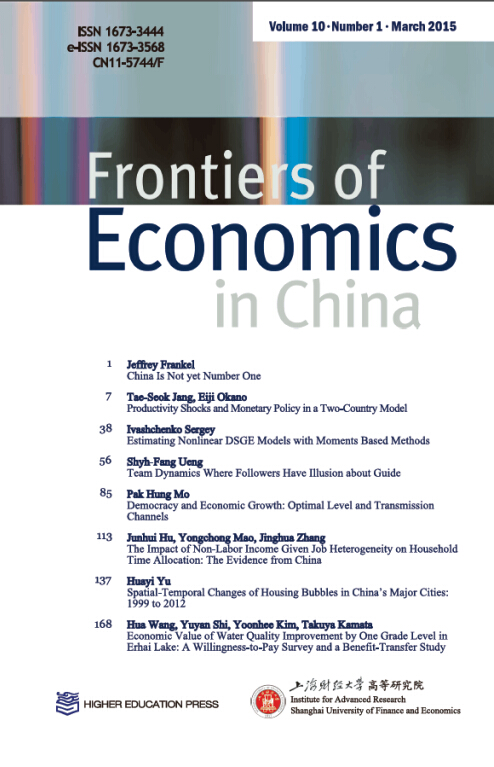外国直接投资和汇款对亚洲和拉丁美洲经济增长的影响:比较研究
IF 1.5
4区 经济学
Q2 ECONOMICS
引用次数: 3
摘要
外国直接投资和外国汇款一直是许多发展中国家外部资本流入的主要来源。近几十年来,外国直接投资被认为是许多亚洲国家/地区经济快速增长的主要驱动力。然而,拉丁美洲国家尚未观察到外国直接投资对长期经济增长的这种影响。现在的问题是,外国直接投资和过去二十年外国汇款的增加是否在新兴经济体的经济增长方面取得了预期的积极成果。本研究使用广义矩量法(GMM)动态面板模型来量化外国直接投资和外国汇款作为亚洲和拉丁美洲外国资本来源的影响。我们的研究结果表明,外国直接投资和汇款对GDP增长的影响在不同地区表现不同。对外国直接投资有具体政策(即产业政策、国内含量要求和出口生产目标)的国家可能会从外国直接投资和汇款中获得更大的好处。新兴或落后的发展中国家应该向取得积极成果的国家学习,并执行类似的政策。本文章由计算机程序翻译,如有差异,请以英文原文为准。
Impacts of the Contributions of FDI and Remittances on the Economic Growth in Asia and Latin America: A Comparative Study
Foreign direct investment (FDI) and foreign remittance have been the main sources of external capital inflows for many developing countries. FDI has been credited as the main driver of rapid economic growth in many Asian countries/regions in recent decades. However, this effect of FDI on long-run economic growth has not been observed in Latin American countries. Now, the question is whether FDI and an increase in foreign remittances in the past two decades have achieved expected positive results in terms of economic growth for emerging economies. This study uses a generalized method of moments (GMM) dynamic panel model to quantify the impacts of FDI and foreign remittances as sources of foreign capital for Asia and Latin America. Our findings suggest that FDI and remittances perform differently in different regions in terms of their impacts on GDP growth. Countries that have specific policies (i.e., industrial policy, domestic content requirement, and export production targets) for FDI are likely to derive more significant benefits from FDI and remittances. Developing countries that are emerging or lagging should learn from the countries with positive outcomes and implement similar policies.
求助全文
通过发布文献求助,成功后即可免费获取论文全文。
去求助
来源期刊

Frontiers of Economics in China
ECONOMICS-
CiteScore
1.20
自引率
0.00%
发文量
373
期刊介绍:
Frontiers of Economics in China seeks to provide a forum for a broad blend of peer-reviewed academic papers of economics in order to promote communication and exchanges between economists in China and abroad. It will reflect the enormous advances that are currently being made in China in the field of economy and society. In addition, this journal also bears the mission of introducing the academic achievements on Chinese economics research to the world.
 求助内容:
求助内容: 应助结果提醒方式:
应助结果提醒方式:


